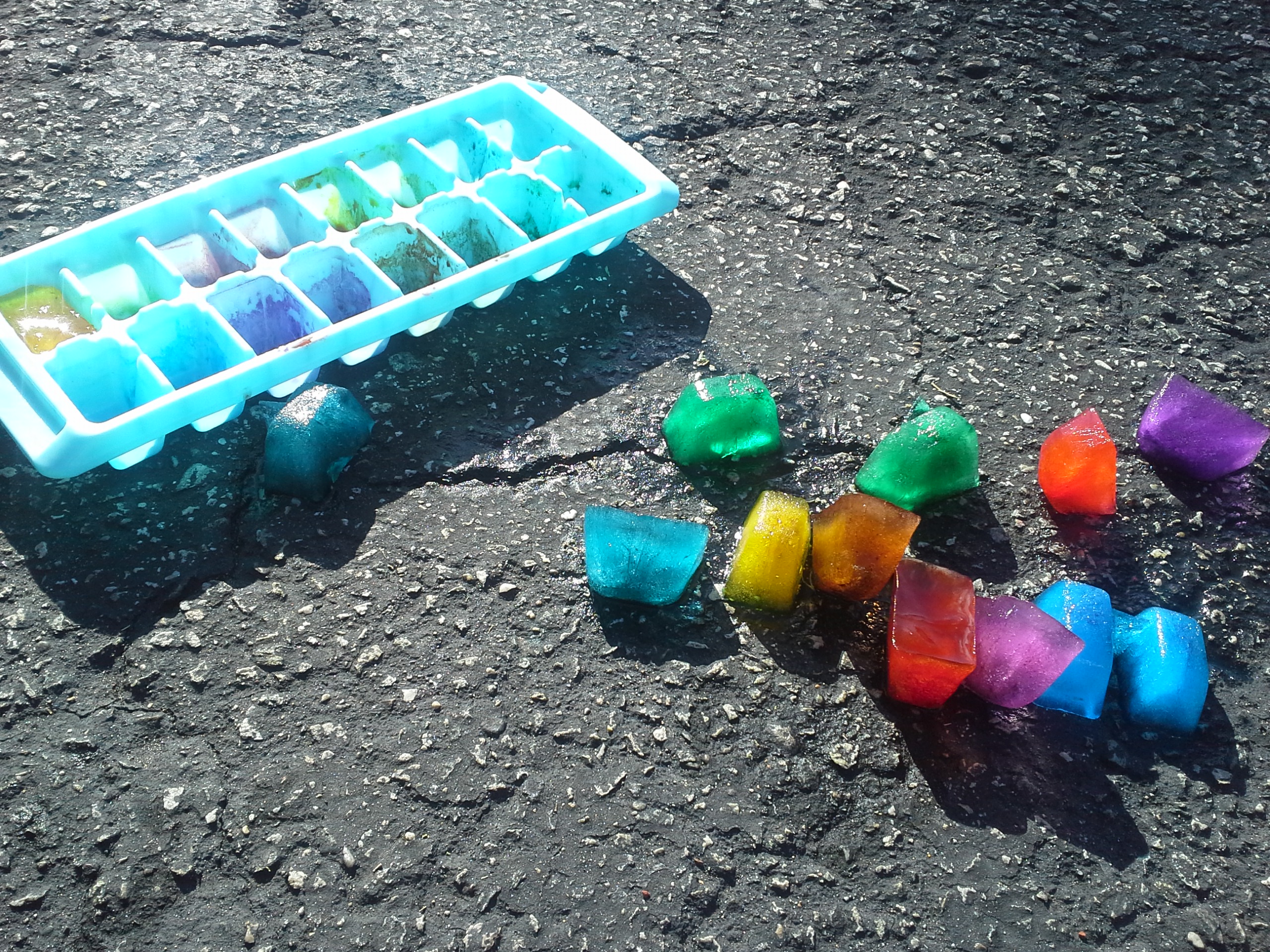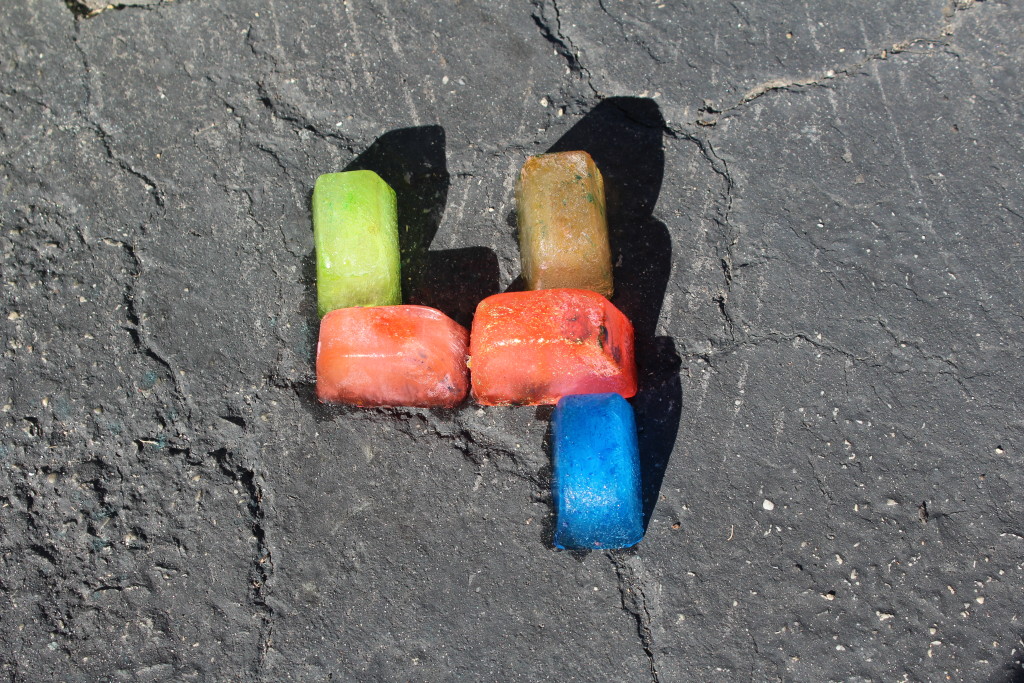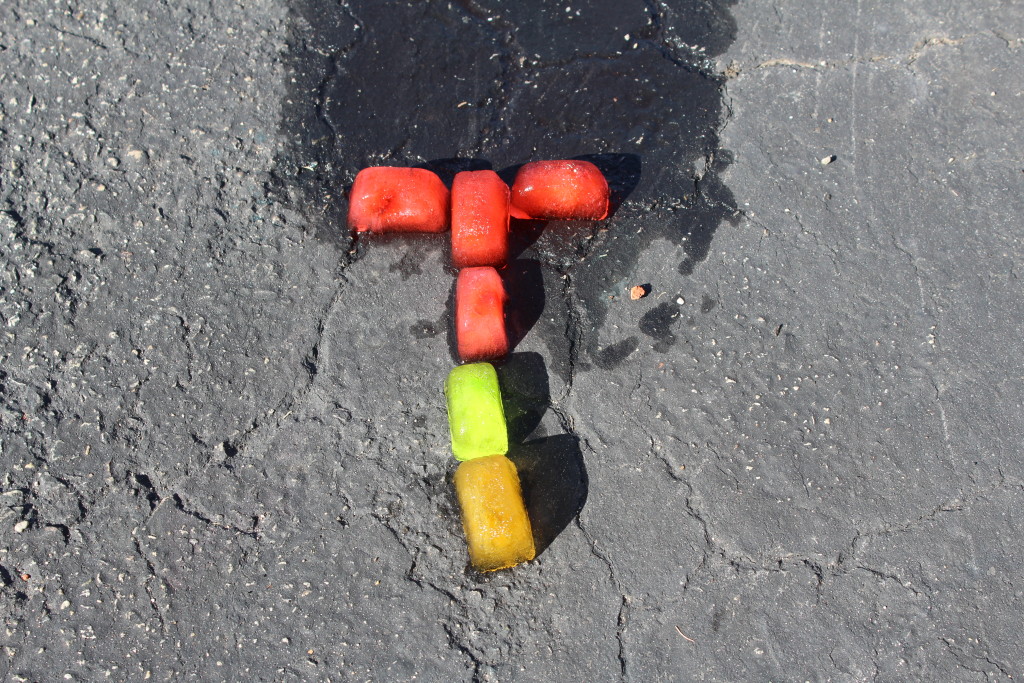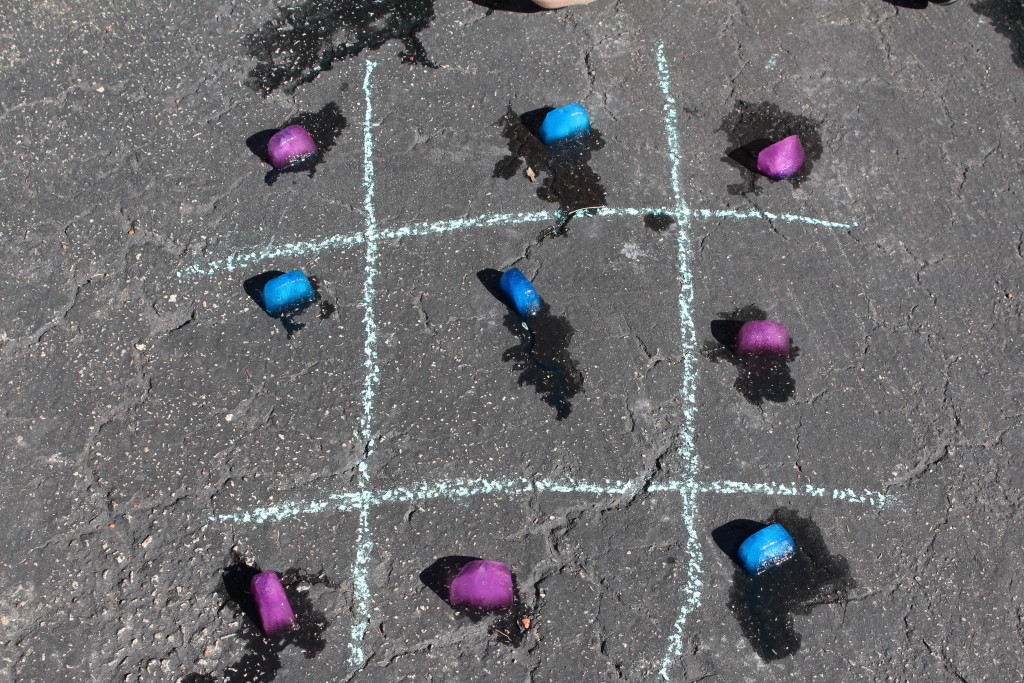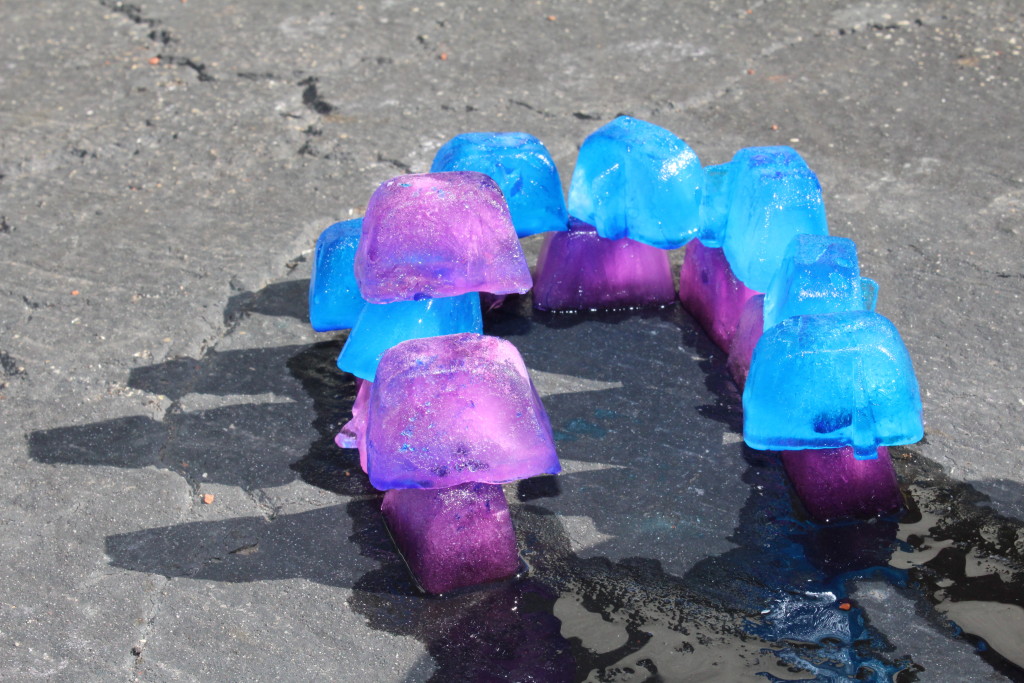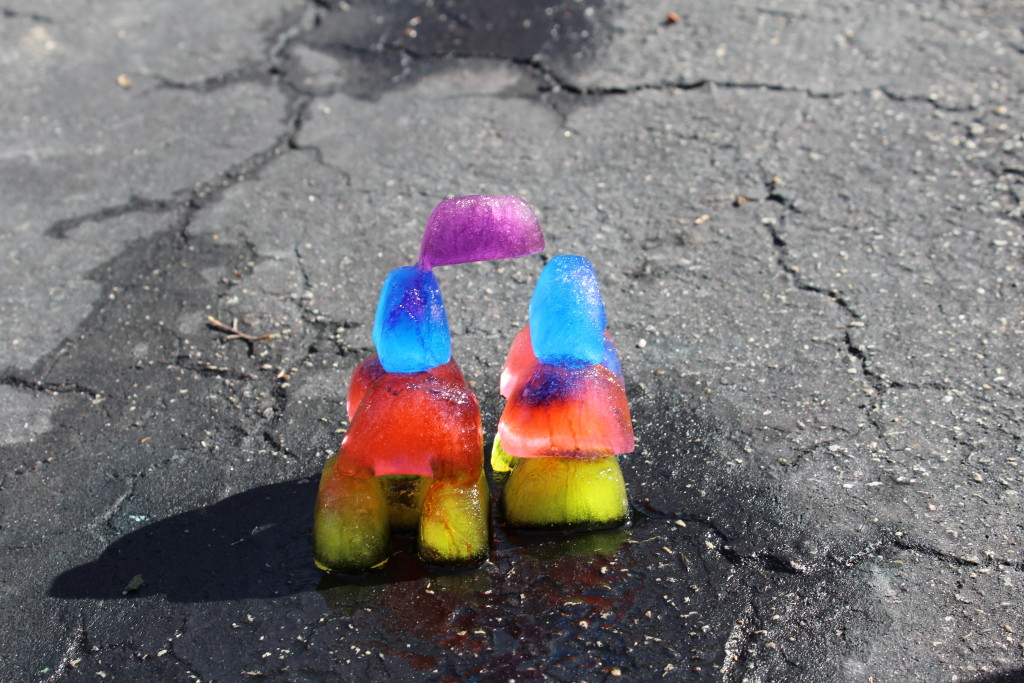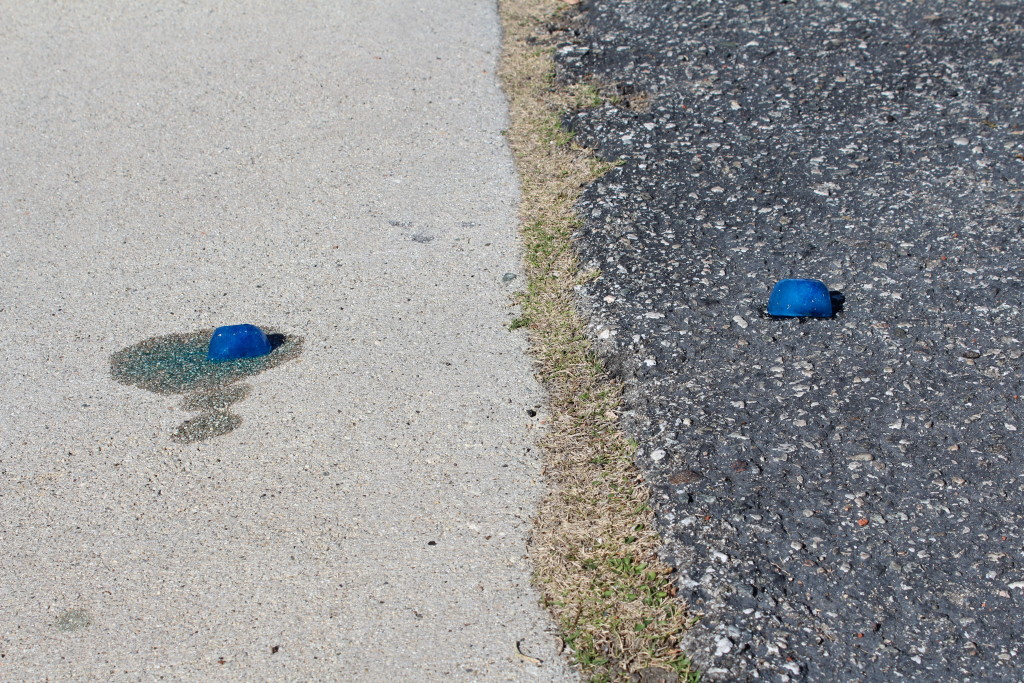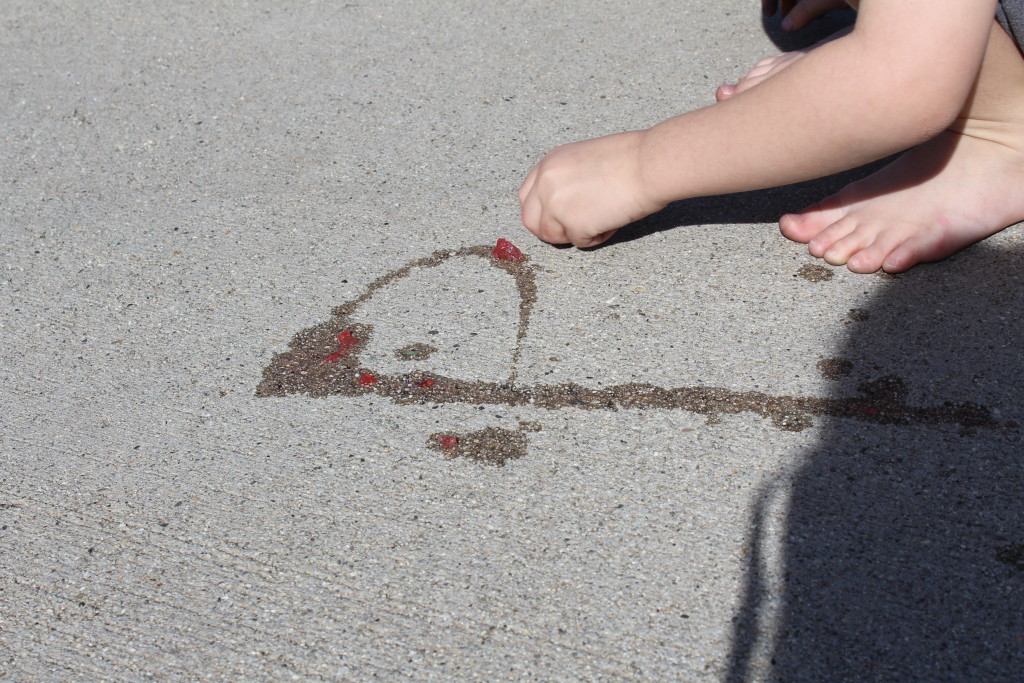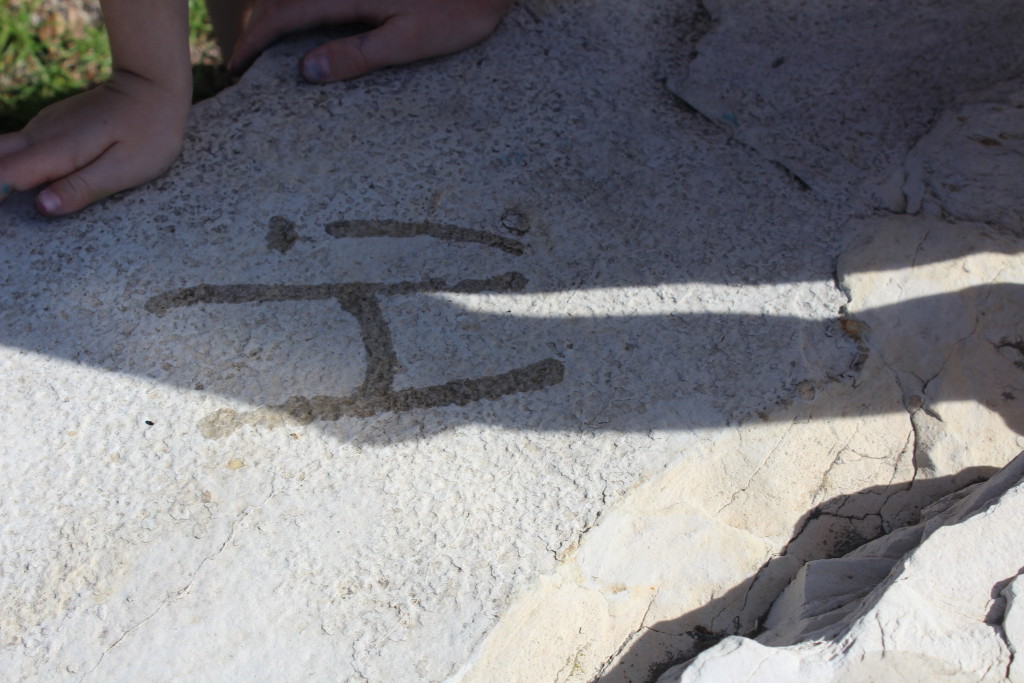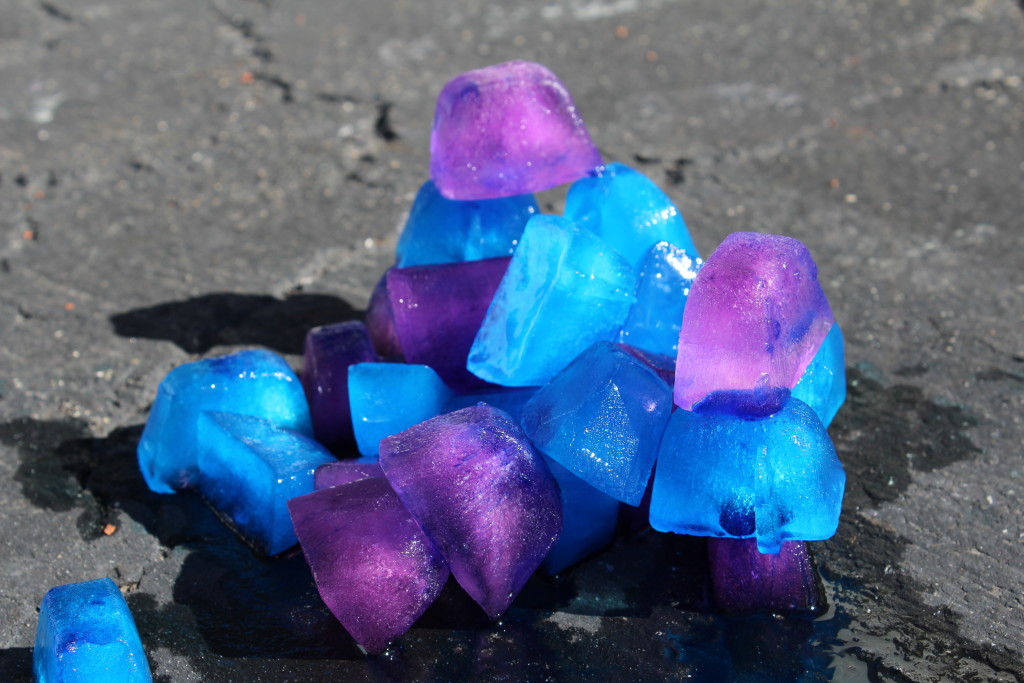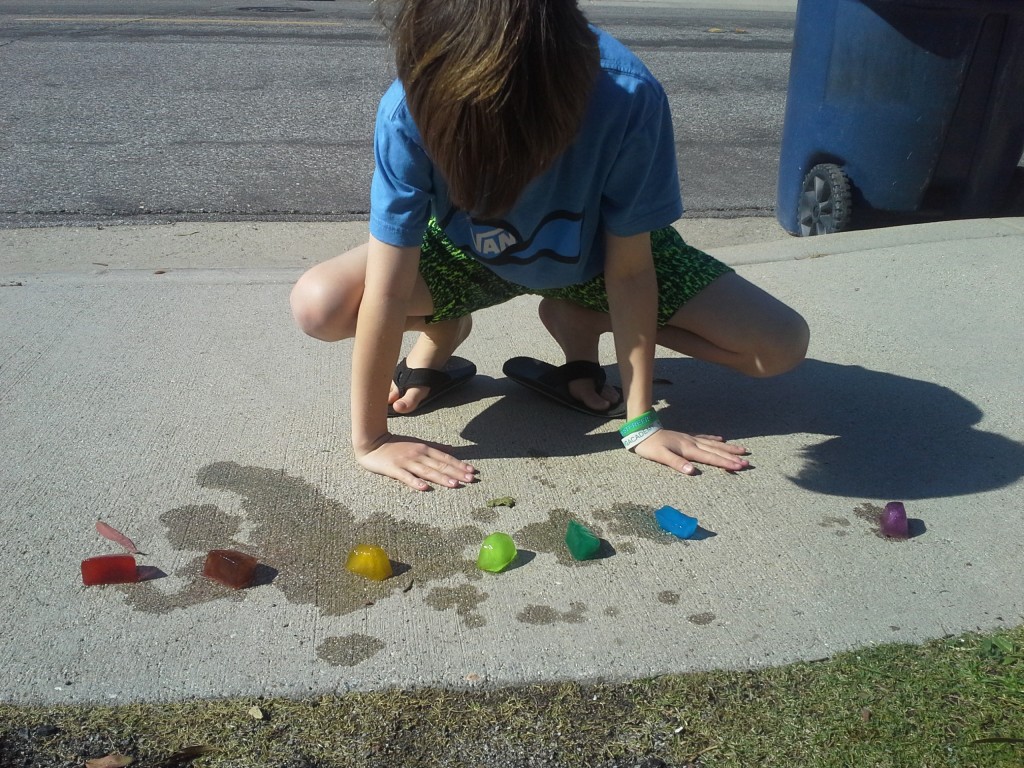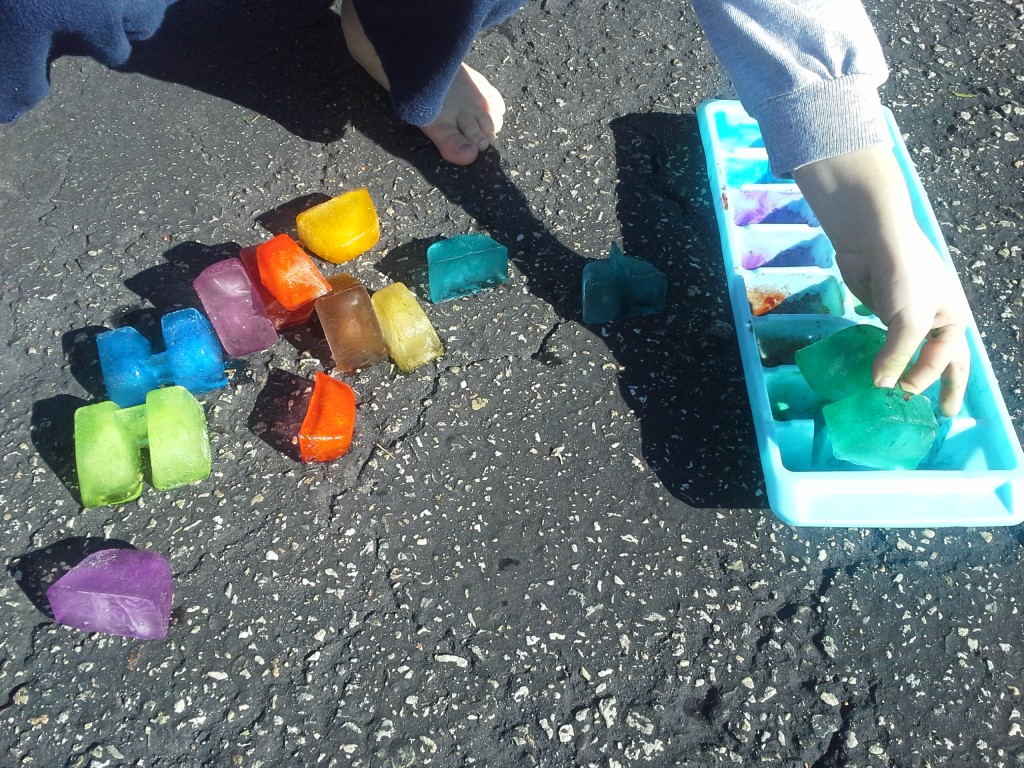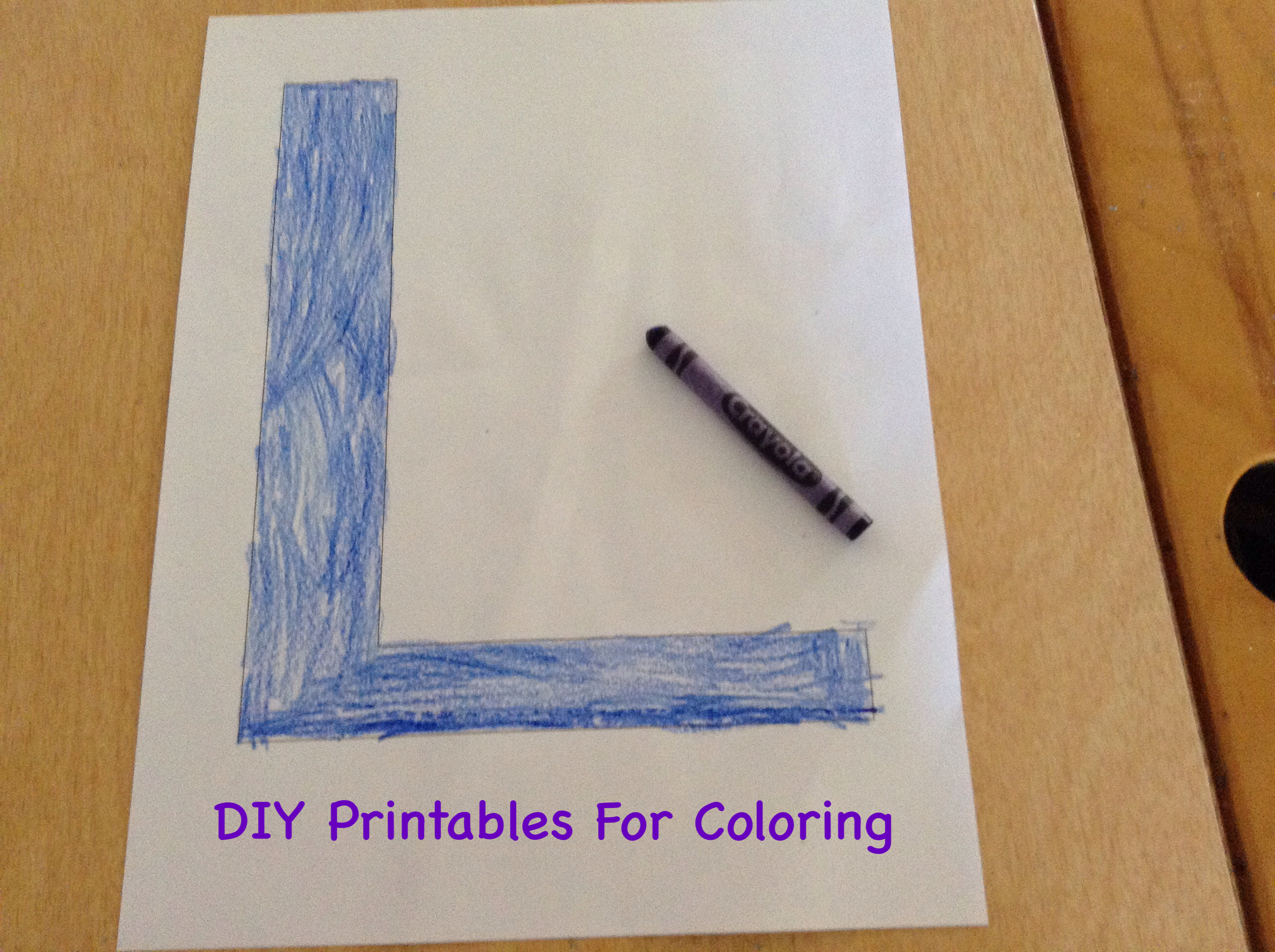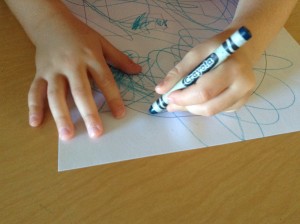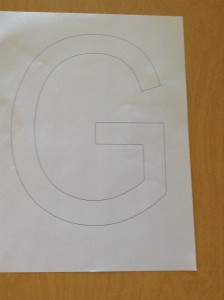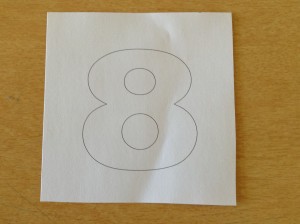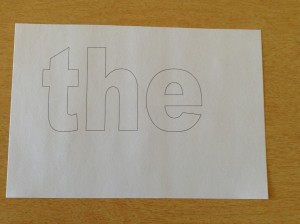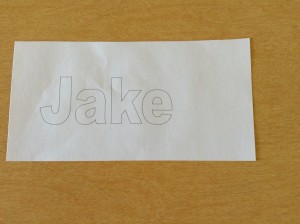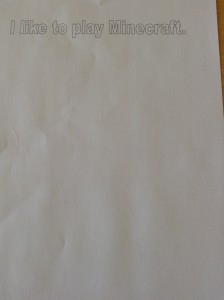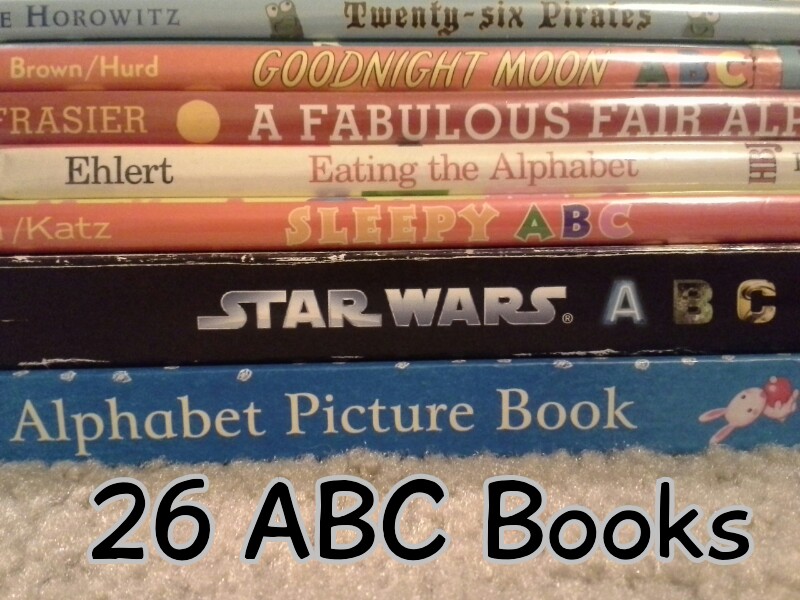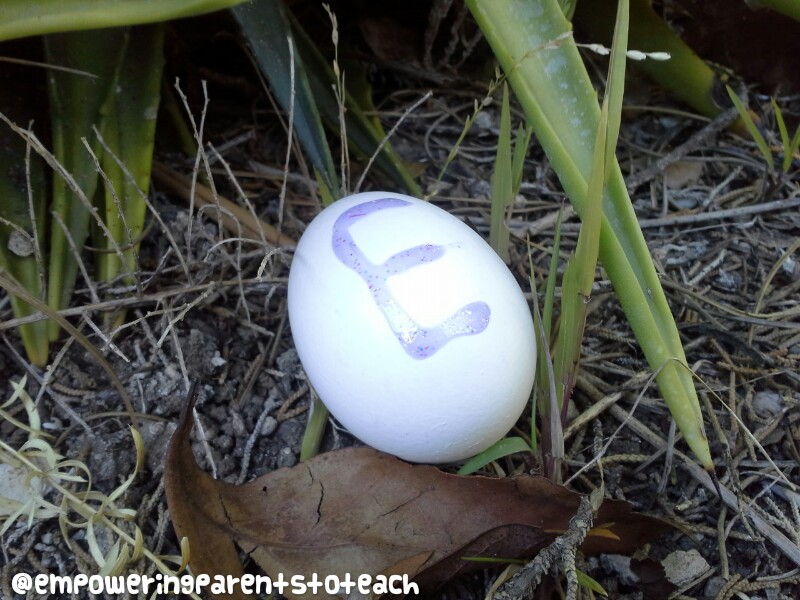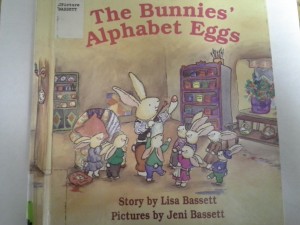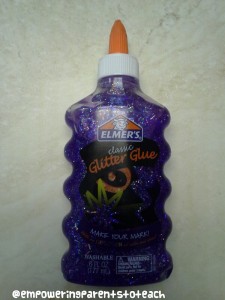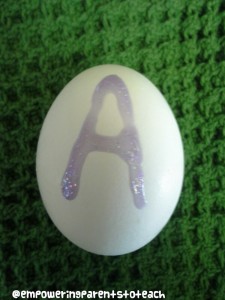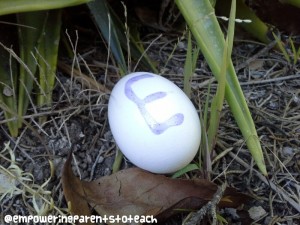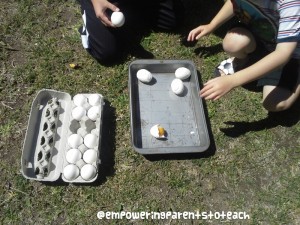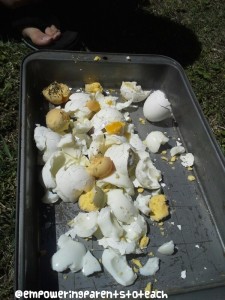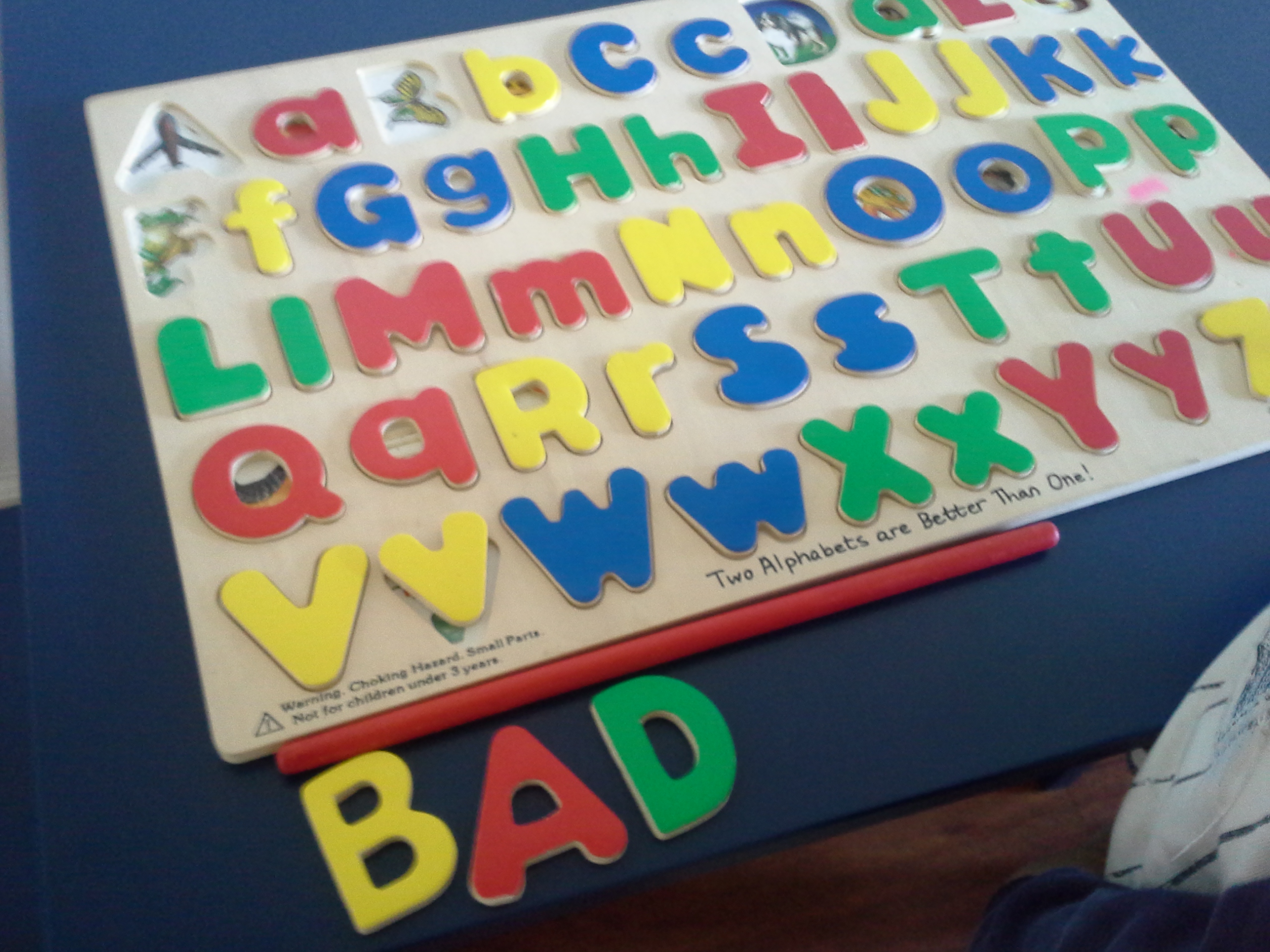There is definitely not a shortage of alphabet books out there! Thankfully, with so many to choose from you are sure to find at least one that your child will enjoy. I’ve listed twenty six of them to help you find one (or two, or three…) just right for your little one!
From classics, such as The Z was Zapped by Chris Van Allsburg to high interest books with princesses or Star Wars, I wanted to include books that were either beautifully illustrated, unique, whimsical, themed, or funny. You will even find an ABC book is three languages! I selected these carefully focusing on books that highlight each letter with minimal text to it. They are all wonderful in their own way!
If you click on the book’s picture, it will take you to Amazon.com (affiliate links). Once there, you can use the “Look Inside” button to see inside some of the the books and read the summaries and reviews.
1. Usborne’s Alphabet Picture Book


2. Sleepy ABC by Margaret Wise Brown


3. The Jet Alphabet Book by Jerry Pallotta


4. Twenty-six Pirates by Dave Horowitz


5. Twenty-six Princesses by Dave Horowitz


6. A Fabulous Fair Alphabet by Debra Frasier


7. Eating the Alphabet: Fruits & Vegetables from A to Z by Lois Ehlert


8. Alphabeasts: A Hide and Seek Alphabet Book by Durga Bernhard


9. Goodnight Moon ABC by Margaret Wise Brown


10. Star Wars ABC


11. B is for Brooklyn by Selina Alko


12. African Animals ABC by Phillipa-Alys Browne


13. ABC Drive by Naomi Howland


14. ABC NYC: A Book About Seeing New York City by Joanne Dugan


15. Z is for Zamboni: A Hockey Alphabet by Matt Napier


16. Astonishing Animal ABC by Charles Fuge


17. The Z was Zapped: A Play in Twenty-Six Acts by Chris Van Allsburg


18. G is for Golden: A California Alphabet by Dave Domeniconi (other states available too)


19. P is for Princess: A Book of First Words and ABCs by Disney Book Group


20. LMNO Peas by Keith Baker


21. ABC: A Child’s First Alphabet Book by Alison Jay


22. Sign Language ABC by Lora Heller


23. ABC X 3: English, Espanol, Francais by Marthe Jocelyn
The book’s picture is unavailable on Amazon. Information can still be found by clicking here: ABC x 3 English, Espanol, Francais
24. Boo ABC: A to Z with the World’s Cutest Dog by J.H Lee


25. A World of Words: An ABC in Quotations by Tobi Tobias


26. A Isn’t For Fox: An Isn’t Alphabet by Wendy Ulmer


To be released on June 26: R is for Robot: A Noisy ABC by Adam F. Watkins


I hope you found something that you and your little one will enjoy reading together! My sentimental favorite is Usborne’s Alphabet Picture Book because I have so many memories of my youngest as a baby hidden in those pages.
Linked to: 
 (Click on the picture to see the link with tons of ideas for your kids!)
(Click on the picture to see the link with tons of ideas for your kids!)
